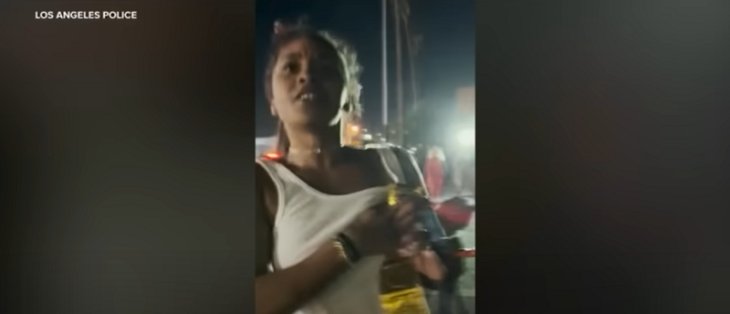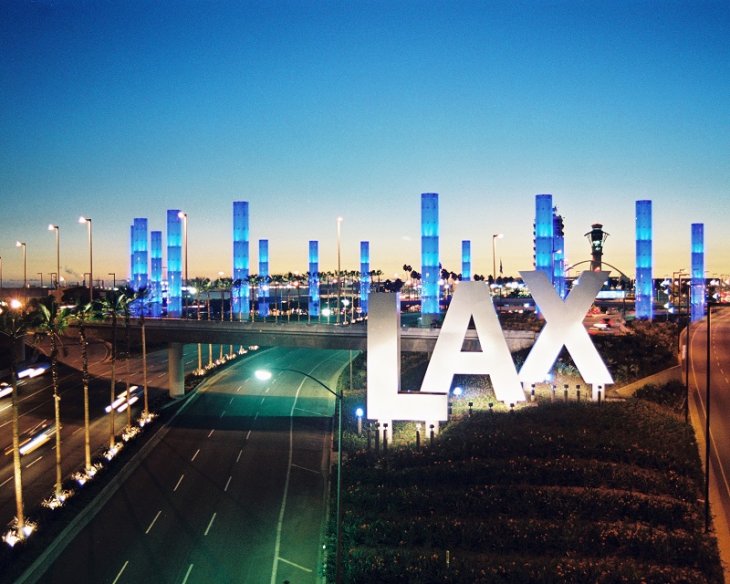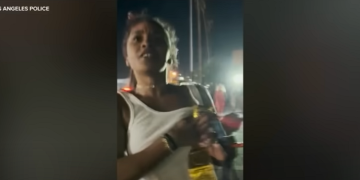
Imagine your address block soon reading “Santa Monica, West California” or “Beverly Hills, West California,” or “Los Angeles, West California.” Similarly, if you are addressing something to Orange County, perhaps you will be sending it “Anaheim, South California.” If one man’s plans for a secession go through, these could be the new names of the state you might live in, as a Silicon Valley venture capitalist who proposes to separate California into six states.
Odds are, neither South California or West California – or one of four other possibilities – would never come into existence anytime soon. Yet, the proposal to split California into six might see the light of day on a ballot later this year or in 2016.
Under Tim Draper’s proposal, the Los Angeles metropolitan region would straddle two different states. Los Angeles County would join Ventura, San Luis Obispo, and Santa Barbara counties in West California. Orange, Riverside, San Bernardino, and San Diego counties would join South California.
Most of the San Francisco Bay Area would reside in the State of Silicon Valley, while outer portions of the region fall under North California (Marin County and Sacramento) or Central California (Stockton). Also included in the State of Central California: Bakersfield and Fresno.
Areas north of Napa Valley and Sonoma, such as Crescent City, Eureka, and Redding, would be in the State of Jefferson.
The plan might sound crazy, but Draper, a venture capitalist who founded Draper Fisher Jurvetson in Menlo Park, Calif., is in the midst of a campaign to have his proposal to break California into six states placed as an initiative in front of voters as early as this year.
According to news reports, Draper was allowed by the State to collect signatures in order to place his proposal on the ballot. The venture capitalist reportedly needs to collect 808,000 signature within the next five months if he hopes to have his proposal on the ballot this year. If he misses the cut this year, it is possible for Draper’s proposal to instead be placed on a ballot in 2016 (coincidentally a presidential election year, which means higher turnouts).

Should Draper’s proposal be realized, West California – which would include Beverly Hills, Culver City, Malibu, Santa Monica, and Los Angeles neighborhoods such as Brentwood, Century City, Hollywood, Mar Vista, Pacific Palisades, Palms, Rancho Park, Westwood, and Venice – might be the most populous of the six states. Los Angeles County alone is home to nearly 10 million residents, according to recent census numbers.
California as a whole is home to about 38 million residents, making it the largest state in the union.
Breaking up California into six separate states would directly impact the republic’s representation in Washington, D.C.
Currently, California has 53 members in the House of Representatives and two members in the U.S. Senate. It is likely the six states as a whole would still have 53 members in the House, but the number of Senators representing the state south of Oregon and west of Nevada and Arizona would increase from two to 12.
Accordingly, the U.S. Senate would have 110 representatives in 55 states.
Obviously, the number of stars on the U.S. Flag would also have to be increased from 50 to 55.
California might actually become more relevant in presidential elections, since the creation of six states could alter the mix of “Red” or “Blue” states in the electorate.
If Draper gathers enough signatures and is able to get his proposal on the ballot, it would take more than a simple majority of voters approving the cut up of California to realize six smaller versions of the state. In fact, at the ballot box alone, two-thirds of those voting would have to vote in favor of breaking California up into six pieces.
Even then, there is another major hurdle to clear: the creation of new states and division of California must be approved by Congress.
News coverage in the past 24 hours all seem to indicate Draper’s proposal has little to no chance of actually succeeding.
Since its admission to the union as a state in 1850, California has endured several suggestions it be split up into smaller parts.
According to The Christian Science Monitor, there have been more than 220 proposals to split California into at least two.
The website Phrelin.com stated California has endured “27 serious proposals to split the state,” with a secession-themed discussion taking place in the state legislature at least once every two decades since the Civil War.
According to the website, the closest California ever came to splitting was in 1859, when Southern California voters approved by almost a 3-to-1 margin a proposal to split from the State. Specifically, 2,457 voters in Los Angeles, San Bernardino, San Diego, Santa Barbara, San Luis Obispo, and Tulare counties supported secession, while only 828 opposed. (Orange County had yet to be formed at this time),
An article posted in the Southwestern Historical Quarterly pointed out Southern California’s secession attempt gained support and traction in Washington, D.C., but no decisive action was ever taken because of the impending Civil War.
In July 2011, a Riverside County Supervisor, with the support of his four colleagues, campaigned for a statewide meeting to discuss the possible secession of 13 of the State’s 58 counties from California to become the fifty-first member.





















